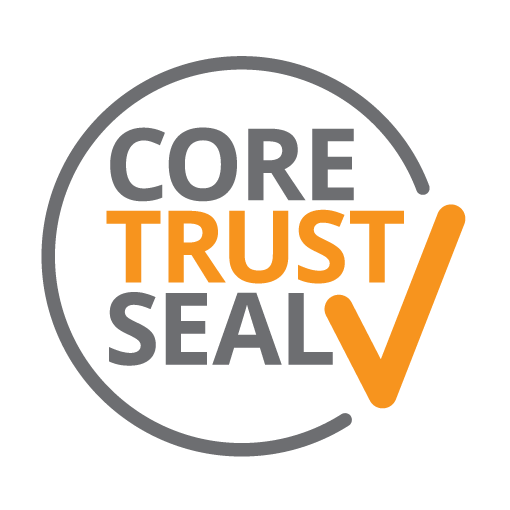Knowledge management in the animated film production of royal Thai massage in the context of creative economy
Issued Date
2022
Issued Date (B.E.)
2565
Available Date
Copyright Date
Resource Type
Series
Edition
Language
eng
File Type
application/pdf
No. of Pages/File Size
149 leaves
ISBN
ISSN
eISSN
Other identifier(s)
b215476
Identifier(s)
Access Rights
Access Status
Rights
This work is licensed under a Creative Commons Attribution-NonCommercial-NoDerivatives 4.0 International License.
Rights Holder(s)
Physical Location
National Institute of Development Administration. Library and Information Center
Bibliographic Citation
Citation
Chudanat Sudthongkhong (2022). Knowledge management in the animated film production of royal Thai massage in the context of creative economy. Retrieved from: https://repository.nida.ac.th/handle/662723737/6617.
Title
Knowledge management in the animated film production of royal Thai massage in the context of creative economy
Alternative Title(s)
การจัดการความรู้ในการผลิตสื่อภาพยนตร์แอนิเมชั่นการนวดแผนไทยแบบราชสำนักในบริบทเศรษฐกิจสร้างสรรค์
Author(s)
Advisor(s)
Editor(s)
item.page.dc.contrubutor.advisor
Advisor's email
Contributor(s)
Contributor(s)
Abstract
The objectives of this research article were to study the knowledge management process for the short animated film production of royal Thai massage and study the effectiveness of the produced media and content of the royal Thai massage by analyzing information from the document, the animation production team, a Thai massage teacher, and the animation of royal Thai massage analyze signs used. An in-depth interview from the sample group on their opinion after watching animation together with non-participant observation and participant observation.
The results of the study Knowledge Management in the Animated Film Production of Royal Thai Massage in the Context of Creative Economy reveal that
1) Knowledge that is stored or created brings knowledge that is available from different places, both from persons, and collected from sources such as databases or usable written documents. It should be stored systematically for easy and quick delivery.
2) Knowledge Processing is the creation of newly created knowledge, such as accessing knowledge through new technologies in designing and displaying drawing programs, image editing programs, audio recording programs, and animation editing programs to provide organized knowledge. The system is organized for ease of use through the storage program, and data is categorized.
3) Knowledge dissemination is the transfer of knowledge that already exists both from the individual and the organization. It is both personal communication, information communication, and electronic storage such as file sharing, and photo or video sharing. Examples and work experiences and solutions to problems are told through interpersonal communication, group discussions, or small group meetings. Such experiences enable the tasks assigned to be accomplished for their intended purpose. Digital content work or animation production team will learn and exchange work in the role when necessary. It also allows the production team to see the working mechanism of the whole system.
4) Sharing knowledge is the transfer of knowledge and applying knowledge for mutual benefit. There are many ways, such as recording, designing and skating, small group meetings, and communication within the team to exchange learning through social media such as Line Group and Facebook Messenger. In addition, data is also shared on Google Drive so it easily accessed the member's information.
5) Knowledge presentation is to apply the knowledge of individuals accumulated by exchanging knowledge, working experience, and sharing knowledge as a base for designing and creating new works.
Table of contents
Description
Thesis (Ph.D. (Communication Arts and Innovation))--National Institute of Development Administration, 2022

